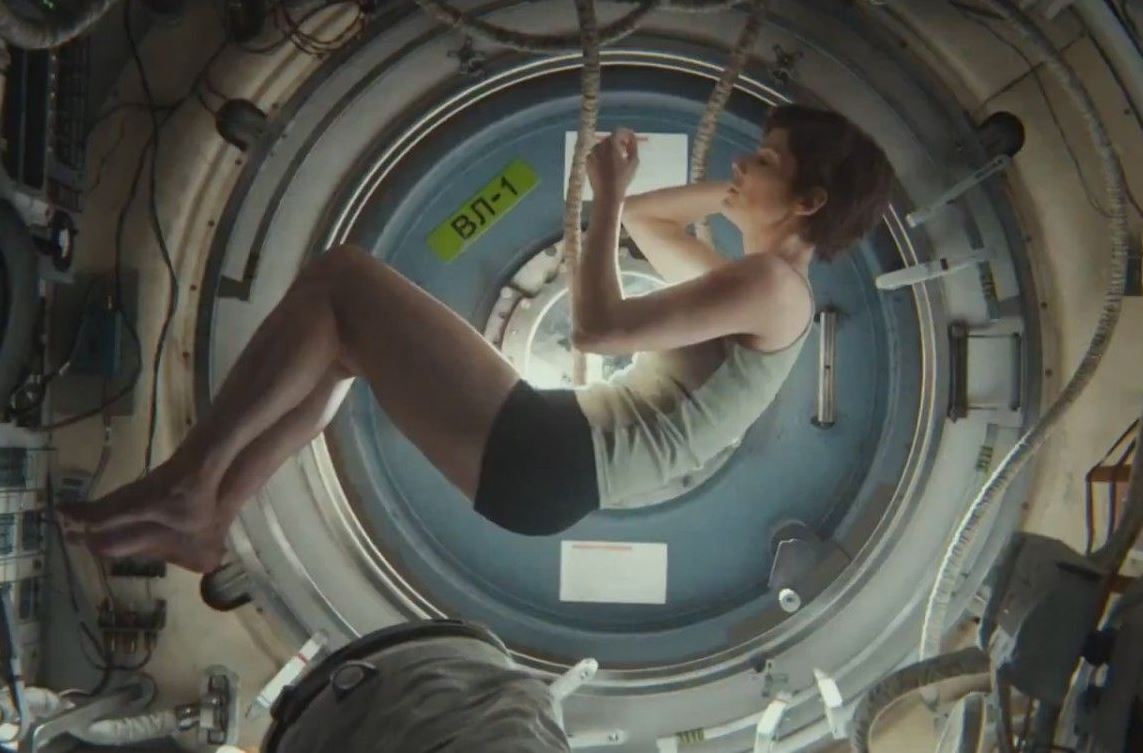The Best Movies of 2013, #1: Her
 Can a computer have a soul? Can a movie? Her, Spike Jonze’s breathtaking, devastating film about a lonely man and his sentient operating system, spends a good deal of time pondering the first question and, in the process, answers the second. But let’s not bury the lede here: This is a movie about a man who falls in love with a machine. No matter the miracles science has provided in the new millennium, this is a tough sell. Yet the unique genius of Her—beyond its remarkable and vast imagination—is that it acknowledges the absurdity of its premise while simultaneously committing to it with the utmost sincerity. The result is a film that’s often uproariously funny, playfully mocking its gorgeous self-made universe with wit and good humor. But Her also, through a combination of sublime technique and heartfelt storytelling (Jonze also wrote the script), offers acute insight into the dynamics of modern relationships: what it means to be alone, to be loved, to be depressed, to be happy. It’s a movie about machines that affirms our very humanity. And it makes resoundingly clear that even if computers may not have souls, some movies surely do.
Can a computer have a soul? Can a movie? Her, Spike Jonze’s breathtaking, devastating film about a lonely man and his sentient operating system, spends a good deal of time pondering the first question and, in the process, answers the second. But let’s not bury the lede here: This is a movie about a man who falls in love with a machine. No matter the miracles science has provided in the new millennium, this is a tough sell. Yet the unique genius of Her—beyond its remarkable and vast imagination—is that it acknowledges the absurdity of its premise while simultaneously committing to it with the utmost sincerity. The result is a film that’s often uproariously funny, playfully mocking its gorgeous self-made universe with wit and good humor. But Her also, through a combination of sublime technique and heartfelt storytelling (Jonze also wrote the script), offers acute insight into the dynamics of modern relationships: what it means to be alone, to be loved, to be depressed, to be happy. It’s a movie about machines that affirms our very humanity. And it makes resoundingly clear that even if computers may not have souls, some movies surely do.
Her begins on a black screen—a motif it will forcefully revisit later—as we listen to Theodore Twombly (Joaquin Phoenix) vocalizing an apparent love letter, addressed “to my Chris”. He speaks in sweet, caressing phrases, the gentleness of which seems so earnest that it takes a moment to register when he refers to himself as a woman. Theodore, it turns out, is not some love-struck fool but a cubicle worker at Beautiful-Handwritten-Letters.com. His job, which he performs with admirable dedication and minimal fuss, is to process others’ feelings and turn them into romantic poetry. But Theodore has feelings of his own. Read More

 “Life in space is impossible,” the opening crawl announces in Gravity. And so it is. Beyond the confines of our atmosphere, there is—as the crawl also succinctly informs us—no oxygen, no sound, no air pressure. Astronauts who brave the pitiless environment of space must take meticulous precautions just to survive; one mistake means death. It is for this reason that space is an ideal setting for a horror movie (such as one that sports perhaps
“Life in space is impossible,” the opening crawl announces in Gravity. And so it is. Beyond the confines of our atmosphere, there is—as the crawl also succinctly informs us—no oxygen, no sound, no air pressure. Astronauts who brave the pitiless environment of space must take meticulous precautions just to survive; one mistake means death. It is for this reason that space is an ideal setting for a horror movie (such as one that sports perhaps